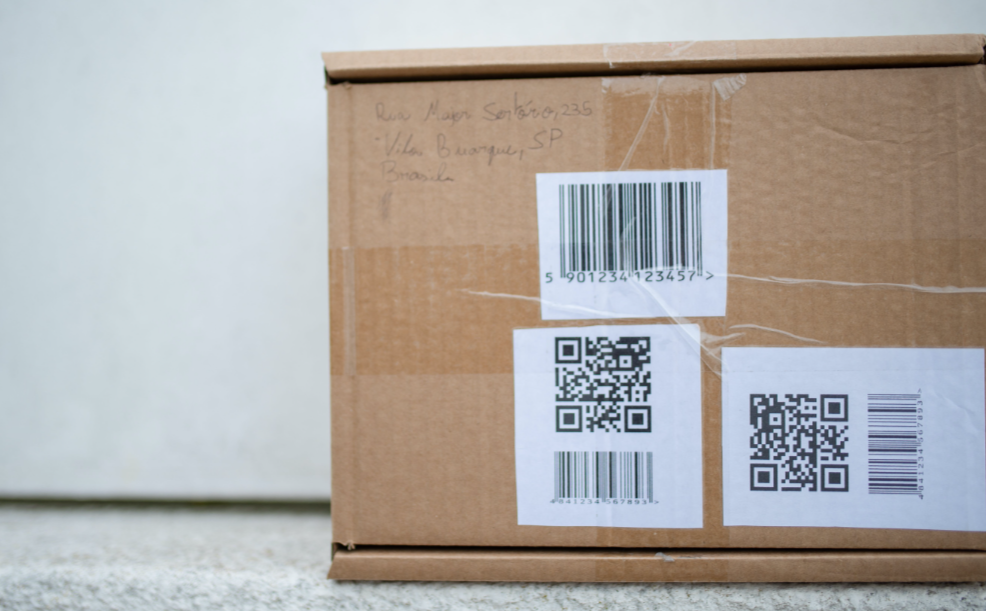Every celebrity, influencer, or fashion icon always wears Nike, the biggest shoe brand worldwide. The brand can be found in almost every store or mall in cities around the world. Whether in fashion, sports, or mundane activities, Nike has been a staple since time immemorial.
However, little did every Nike fan know that the company has had challenges internally, particularly in their inventory. Since the company has been distributing its goods worldwide, including its outdated designs via Nike outlets, their release of different styles as seasons change, and even the limited edition styles, the company has had difficulty keeping up with tracking everything they distribute.
Nike’s inventory problems were reported in the news because their stocks went downward, even though the company is a trusted and well-loved brand. Nike’s prominent management people took the blame. However, because of new technological solutions, like inventory tracking management software, the brand was able to keep track of its sales and products and improve its demand forecasting.

Inventory tracking is crucial to managing any business, whether big or small. Accurately tracking inventory levels, ordering new stock, and analyzing sales trends are essential to maintaining healthy cash flow and maximizing productivity. Manual inventory tracking can be time-consuming and prone to errors, resulting in stockouts, overstocking, and, ultimately, loss of revenue. This is where inventory tracking software comes in, providing businesses with the tools to manage their inventory effectively.
Inventory tracking software, an inventory management system, provides an overview of stock levels. Automating several tasks streamlines overall supply chain management. Assigning stock-keeping units (SKUs) to products is another crucial aspect of inventory management. Businesses can quickly identify and track specific products by utilizing SKUs. Using it allows for more accurate inventory counts and faster order fulfillment.
Why You Need Inventory Tracking Software
Since your real-time inventory levels immediately affect your warehouse and sales processes, inventory tracking has several benefits.
With accurate inventory management and tracking, businesses can reap real rewards. Companies can save time and money by knowing exactly how many products they have on hand and how many are on order. Sparing them the trouble of performing inventory recounts frees up staff to work on more crucial and beneficial tasks. It also helps to prevent stockouts, which inconvenience customers.
Any company that sells physical items needs to keep track of its inventory. It impacts you (and your finances), but it also affects many other stakeholders. It affects clients and even suppliers.
Optimized Orders
Effective supply chain management requires an accurate understanding of your inventory levels and making actual sales and demand forecasts. Precision inventory tracking optimizes reorder points. It’s essential to shipping guarantees. It also makes it easier to adapt to seasonal fluctuations in demand.
While implementing inventory tracking software requires an initial investment, the long-term benefits are significant. The automation and time-saving features of inventory tracking software mean reduced manual processes. Avoiding tedious tasks reduces the risk of costly human errors. Accurate demand forecasting leads to savings on storage costs. Making informed decisions allows businesses to predict their warehouse needs better and avoid over-ordering. By investing in inventory tracking software, companies can increase efficiency, reduce costs, and optimize supply chain management processes.
Efficient Warehouse Operations
With detailed information on inventory levels and accurate item locations within the warehouse, staff can do their duties more effectively and rapidly. Having a centralized database also helps. With these systems, workers are less stressed because of the expedited tasks. Optimized tasks help meet shipping deadlines and complete orders quickly and effectively.
Better Customer Experience
With an increasing number of options available to customers, it’s crucial to provide a streamlined, user-friendly, and efficient buying experience. It also helps to provide 24/7 customer support, regardless of the sales channel or platform. To expand an eCommerce business, connecting with clients in novel ways and through their preferred channels is essential. Efficient inventory tracking is vital for managing product listings across multiple channels and ensuring timely order fulfillment.

Six Must-Have Features for Inventory Tracking Software
Your business has specific requirements for inventory tracking. It’s common to start with a simple system and then upgrade as your operations grow. The main requirements for inventory tracking software include giving users a way to store, manage, and analyze inventory data.
1. Real-Time Inventory Tracking
This is the most fundamental requirement for your choice of inventory tracking software. Your system must accurately reflect what you have and where it is located. Companies must update any stock movements or allocations real-time.
You must keep tabs on the whereabouts of goods and materials in the supply chain to apply better inventory controls. Features for continuous inventory tracking assist in automating manual processes. For instance, when a receipt or invoice is created, the system immediately generates a tracking number sent to all involved parties. Businesses can better manage customer interactions by communicating what’s in stock or expected shipping timeframes.
2. Automated Reorder Points and Stock Alerts
When stock levels are low, your inventory tracking system should notify you. Additionally, based on the quantity in the stock, orders placed, and even the season, it should notify you of what you need to reorder. Predictive data can even automatically schedule when it’s time to replenish product stock.
For instance, there is a high demand for certain things during particular seasons. You may program your system to notify you when you must stock up on more things for the upcoming season.
Inventory alerts are triggered by several modules, which reduce waste, improve financials, and control customer expectations. These functions include automated email or SMS alerts that notify you of low inventory levels, shipment delays, and supply chain disruptions. Inventory alerts provide additional operational control for supplier management, material planning, shipment logistics, and sales forecasting.
3. Barcode Capability
Barcoding software assists in avoiding data entry errors and automating business processes that call for system communication. When digital inventory data is gathered, stored, and organized, inventory procedures are faster and more precise. You can also integrate software for barcoding that can be integrated with electronic records and reporting capabilities. Touchscreen signatures and paperless invoicing can make this happen. Mobile barcode scanning tools increase inventory precision, speed up back-office procedures, replenish the supply, and enable paperless documentation.

4. Reporting & Analysis
With accurate reporting and data analysis, businesses can make informed decisions about inventory ordering, product pricing, and sales forecasting.
Inventory tracking software enables businesses to generate reports that comprehensively overview stock levels, order histories, and sales performance. By analyzing this data, businesses can identify trends and patterns. Access to this data helps managers and decision-makers optimize their inventory management strategies. For example, data analysis can help businesses identify their best-selling products and adjust inventory levels accordingly. You’ll want your top products always in stock and available for purchase.
In addition to optimizing inventory management, data analysis can help businesses identify cost-saving opportunities. Businesses can adjust their pricing strategy to increase profits by identifying which products are most profitable. They can also identify areas where they can reduce costs. They can minimize excess inventory or consolidate orders to reduce shipping costs.
5. Cloud Capability
If your inventory system is cloud-based, you should be able to access it from any device connected to the internet. This is what makes real-time inventory tracking a reality. Your inventory tracking system may be accessed from any device, anywhere. This flexibility enhances employee coordination. Accurate coordination will enable you to make quick decisions regarding your inventory.
6. Flexible Integrations
Purchasing inventory tracking software that cannot “talk” to your other systems is pointless. Avoid inventory software that can’t connect to your eCommerce platform, forcing you to transfer sales information manually.
By integrating inventory tracking software with other systems, businesses can streamline operations and reduce manual data entry. For example, inventory tracking software can automatically update inventory levels if a customer places an order on an eCommerce website. When item levels are low, a restocking order is automatically sent out. Accounting software is updated upon a successful sale. This automation eliminates the need for manual data entry, reducing the risk of errors and saving time and effort.
Software integration enables businesses to gain better visibility into their operations by consolidating data from different sources. By integrating inventory tracking software with other systems, businesses can create a unified view of their operations. Greater transparency enables business owners to make informed decisions and optimize inventory management processes.
Your company’s ability to track inventory will significantly affect its overall performance. Fortunately, you can effectively manage inventory in many different ways. Doing so makes business expansion much easier while offering a top-notch client experience. Efficient inventory tracking is sustainable with the right strategy and resources. You can balance supply and demand, determine the lead time for a product, and optimize your supply chain by using accurate inventory tracking based on data.
Aratum offers a complete suite of inventory management tools for your eCommerce business. Tracking your products throughout multiple locations is easy with our online dashboard. Schedule a demo and discover how to get started with inventory tracking software.



